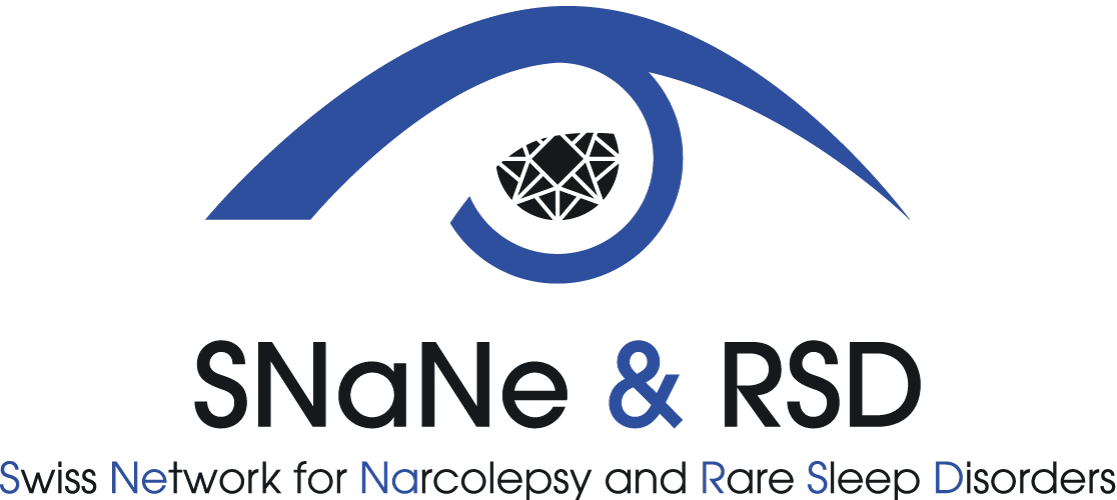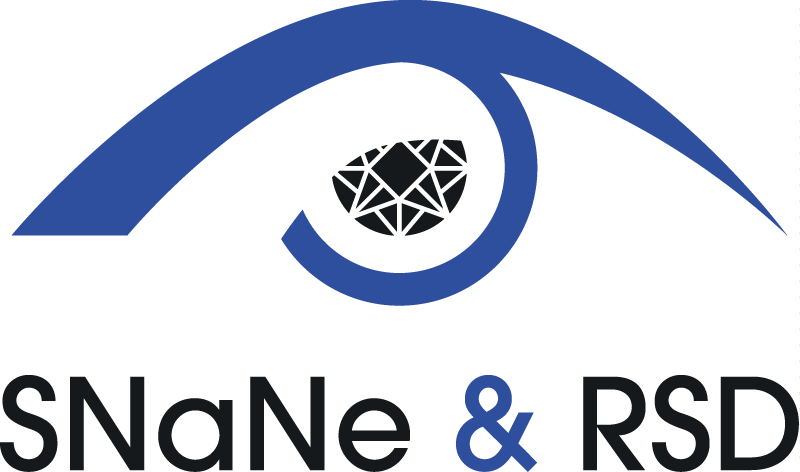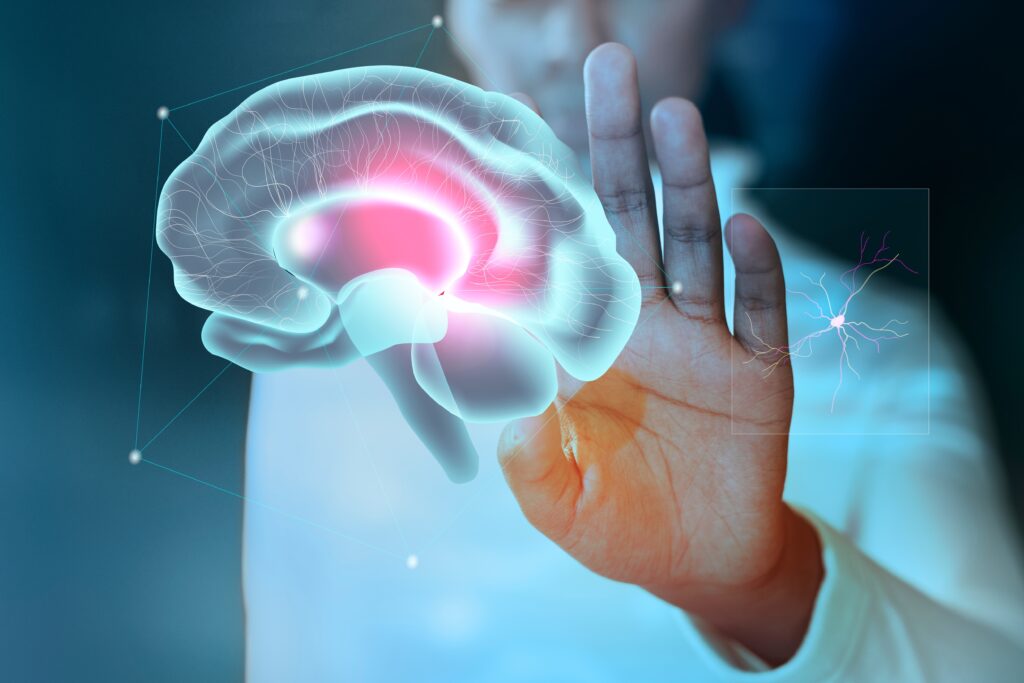- Bassetti CLA, Adamantidis A, Burdakov D, et al. Narcolepsy — clinical spectrum, aetiopathophysiology, diagnosis and treatment. Nature Reviews Neurology 2019;15(9):519-39. doi: 10.1038/s41582-019-0226-9
- Dietmann A, Wenz E, van der Meer J, et al. The Swiss Primary Hypersomnolence and Narcolepsy Cohort study (SPHYNCS): Study protocol for a prospective, multicentre cohort observational study. Journal of sleep research 2021:e13296. doi: https://doi.org/10.1111/jsr.13296
- Baumann-Vogel H, Hoff S, Valko PO, et al. Extending sleep to confirm insufficient sleep syndrome is challenging. Journal of sleep research 2020:e13109. doi: 10.1111/jsr.13109 [published Online First: 2020/06/20]
- Lammers GJ, Bassetti CLA, Dolenc-Groselj L, et al. Diagnosis of central disorders of hypersomnolence: A reappraisal by European experts. Sleep Medicine Reviews 2020;52:101306. doi: https://doi.org/10.1016/j.smrv.2020.101306
- Gool JK, Zhang Z, Oei MS, et al. Data-Driven Phenotyping of Central Disorders of Hypersomnolence With Unsupervised Clustering. Neurology 2022:10.1212/WNL.0000000000200519. doi: 10.1212/wnl.0000000000200519
- Mathis J, Andres D, Schmitt WJ, Bassetti CL, Hess CW, Schreier DR. The diagnostic value of sleep and vigilance tests in central disorders of hypersomnolence. Sleep. 2022 Mar 14;45(3):zsac017. doi: 10.1093/sleep/zsac017. PMID: 35038747.
- Tagesschläfrigkeit, Hypersomnie oder Tagesmüdigkeit? – Swiss Medical Forum
- Baumann-Vogel, H, Schreckenbauer, L, Valko, PO, Werth, E, Baumann, CR. Narcolepsy type 2: A rare, yet existing entity. Sleep Res.2021; 30:e13203. https://doi.org/10.1111/jsr.13203
- Wenz E, Tafti M, Bassetti CLA. LMOD3 gene variant in familial periodic hypersomnolence. Sleep Med. 2022 Mar;91:105-108. doi: 10.1016/j.sleep.2022.02.019. Epub 2022 Feb 28. PMID: 35299092.
- Holm A, Possovre ML, Bandarabadi M, Moseholm KF, Justinussen JL, Bozic I, Lemcke R, Arribat Y, Amati F, Silahtaroglu A, Juventin M, Adamantidis A, Tafti M, Kornum BR. The evolutionarily conserved miRNA-137 targets the neuropeptide hypocretin/orexin and modulates the wake to sleep ratio. Proc Natl Acad Sci U S A. 2022 Apr 26;119(17):e2112225119. doi: 10.1073/pnas.2112225119. Epub 2022 Apr 22. PMID: 35452310.
- Latorre, D., Kallweit, U., Armentani, E. et al. T cells in patients with narcolepsy target self-antigens of hypocretin neurons. Nature 562, 63–68 (2018). https://doi.org/10.1038/s41586-018-0540-1



